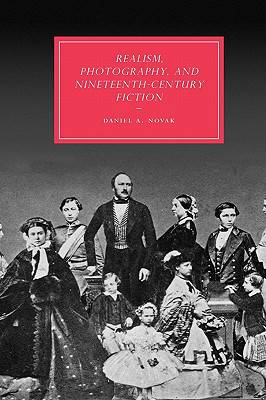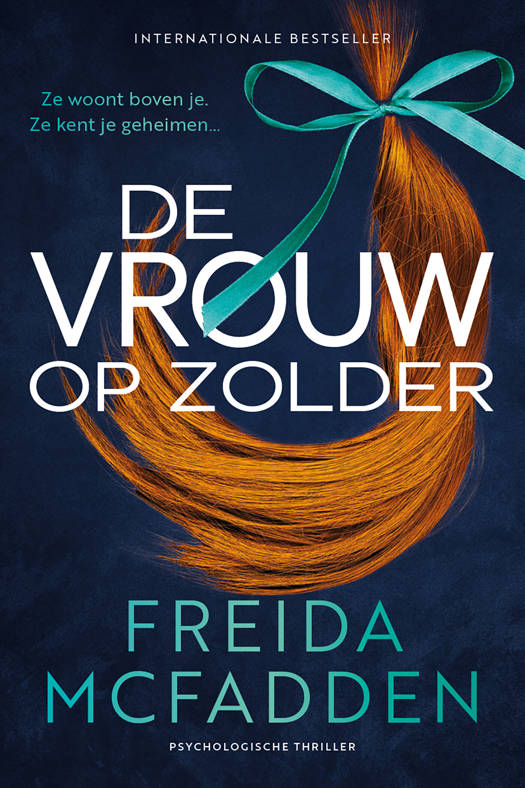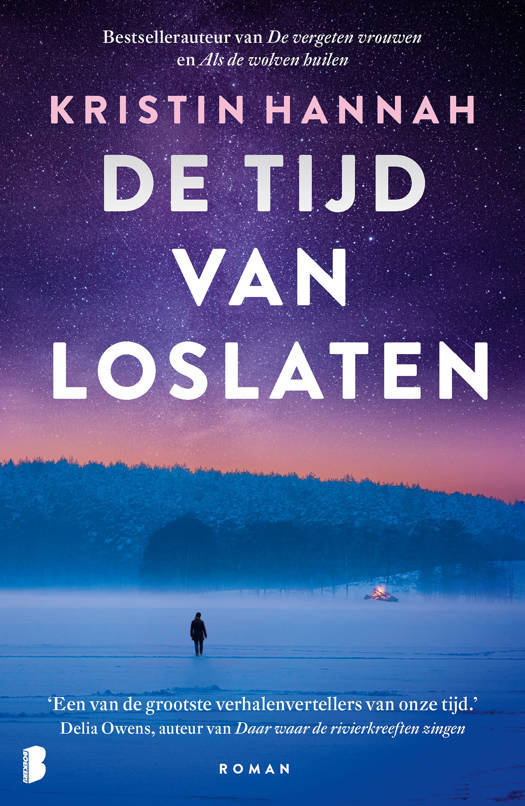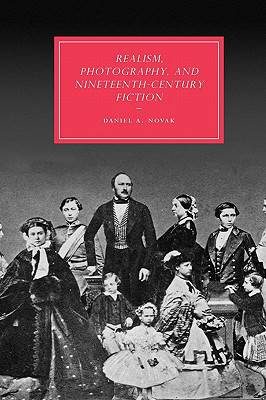
- Afhalen na 1 uur in een winkel met voorraad
- Gratis thuislevering in België vanaf € 30
- Ruim aanbod met 7 miljoen producten
- Afhalen na 1 uur in een winkel met voorraad
- Gratis thuislevering in België vanaf € 30
- Ruim aanbod met 7 miljoen producten
Zoeken
Omschrijving
This fascinating account of the relationship between photography and literary realism in Victorian Britain draws on detailed readings of photographs, writings about photography, and fiction by Charles Dickens, George Eliot and Oscar Wilde. While other critics have argued that photography defined what would be 'real' for literary fiction, Daniel A. Novak demonstrates that photography itself was associated with the unreal - with fiction and the literary imagination. Once we acknowledge that manipulation was essential rather than incidental to the project of nineteenth-century realism, our understanding of the relationship between photography and fiction changes in important ways. Novak argues that while realism may seem to make claims to particularity and individuality, both in fiction and in photography, it relies much more on typicality than on perfect reproduction. Illustrated with many photographs, this book represents an important contribution to current debates on the nature of Victorian realism.
Specificaties
Betrokkenen
- Auteur(s):
- Uitgeverij:
Inhoud
- Aantal bladzijden:
- 252
- Taal:
- Engels
- Reeks:
- Reeksnummer:
- nr. 60
Eigenschappen
- Productcode (EAN):
- 9780521885256
- Verschijningsdatum:
- 2/06/2008
- Uitvoering:
- Hardcover
- Formaat:
- Genaaid
- Afmetingen:
- 175 mm x 249 mm
- Gewicht:
- 657 g

Alleen bij Standaard Boekhandel
+ 403 punten op je klantenkaart van Standaard Boekhandel
Beoordelingen
We publiceren alleen reviews die voldoen aan de voorwaarden voor reviews. Bekijk onze voorwaarden voor reviews.












